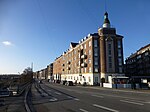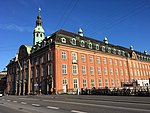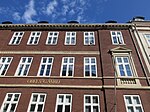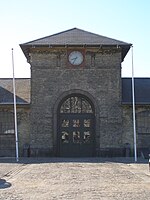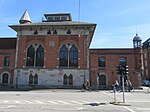Kalmar Union

The Kalmar Union (Danish, Norwegian, and Swedish: Kalmarunionen; Finnish: Kalmarin unioni; Icelandic: Kalmarsambandið; Latin: Unio Calmariensis) was a personal union in Scandinavia, agreed at Kalmar in Sweden as designed by widowed Queen Margaret of Norway and Sweden. From 1397 to 1523, it joined under a single monarch the three kingdoms of Denmark, Sweden (then including much of present-day Finland), and Norway, together with Norway's overseas colonies (then including Iceland, Greenland, the Faroe Islands, and the Northern Isles of Orkney and Shetland). The union was not quite continuous; there were several short interruptions. Legally, the countries remained separate sovereign states. However, their domestic and foreign policies were directed by a common monarch. Gustav Vasa's election as King of Sweden on 6 June 1523, and his triumphant entry into Stockholm eleven days later, marked Sweden's final secession from the Kalmar Union. Formally, the Danish king acknowledged Sweden's independence in 1524 at the Treaty of Malmö.
Excerpt from the Wikipedia article Kalmar Union (License: CC BY-SA 3.0, Authors, Images).Kalmar Union
Carsten Niebuhrs Gade, Copenhagen Vesterbro
Geographical coordinates (GPS) Address Website Nearby Places Show on map
Geographical coordinates (GPS)
| Latitude | Longitude |
|---|---|
| N 55.666666666667 ° | E 12.566666666667 ° |
Address
Wakeup Copenhagen (Wake Up Copenhagen Carsten Niebuhrs Gade)
Carsten Niebuhrs Gade
1568 Copenhagen, Vesterbro
Capital Region of Denmark, Denmark
Open on Google Maps


